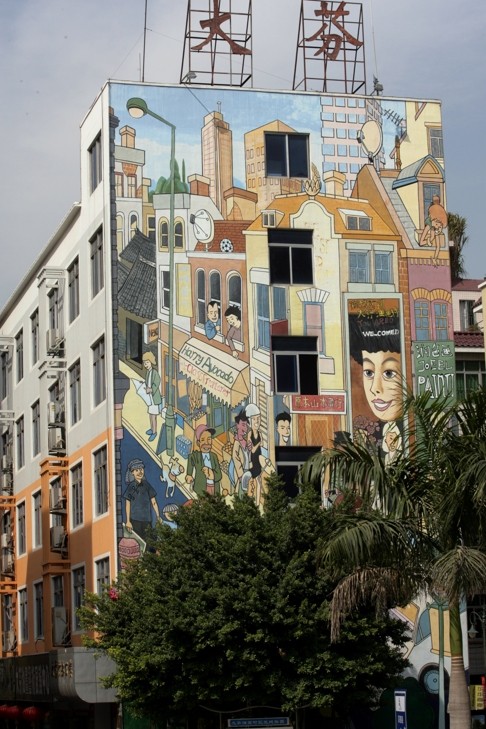
Hong Kong architect documents Shenzhen villages doomed by development
In exhibition and an upcoming book, Hong Kong University architect Du Juan shines light on villages absorbed into urban Shenzhen and their residents, many of whom face an uncertain future
Shenzhen is the face of the new China, a sleepy fishing village transformed into an industrious manufacturing centre and now a gleaming hi-tech and financial hub. At least, that’s the official line.
WATCH: When Hong Kong still had junks and rickshaws, and Shenzhen didn’t exist
The reality is much more complicated. Before it became a special economic zone and a city of 18 million people, Shenzhen was not a single fishing village: it was hundreds of villages. Many of them still exist today, embedded within a landscape of office towers, shopping malls and massive housing estates. Over the years, they have been transformed into jam-packed enclaves of tenement housing where migrant workers can find a cheap apartment in a convenient location.
“The history of the urban villages is the history of Shenzhen,” says Du Juan, a University of Hong Kong architect who has been researching the villages for more than a decade. She is working on a book about them that will be published this year, and she recently unveiled an exhibit about the villages at the Bi-City Biennale of Urbanism\Architecture, which runs inside a derelict Shenzhen flour mill until the end of February.
Everyone is just waiting for these villages [in Shenzhen] to be demolished. I’m hoping that day comes as late as possible. The city is not ready to lose all of this affordable housing
Each village has its own character. In the west, Nantou’s history stretches back nearly 2,000 years, and it still boasts intact Ming dynasty gates. In the east, Dafen has become a hub for oil painters who reproduce famous artworks. In the middle, Baishizhou sprawls across several square kilometres, teeming with restaurants, outdoor billiards halls – even a specialty coffee shop and craft brewery.

“It’s constant tension,” says Du. “Everyone is just waiting for these villages to be demolished. I’m hoping that day comes as late as possible. The city is not ready to lose all of this affordable housing.”
READ MORE: Shenzhen, China’s test bed for ideas, shares a new vision for cities – but it’s a work in progress

This is represented by an animated map of Shenzhen that shows the evolution of the villages over time: hundreds of black dots on a landscape that is quickly transformed from fields to city.
When the special economic zone was established in 1981, it was already home to hundreds of thousands of people making a living in fishing, farming and market towns. For the next couple of decades, these settlements maintained an official rural designation, even as the city around them developed. Many of the indigenous villagers moved to Hong Kong or overseas, replacing their old houses with apartment buildings, which were rented out to the migrant workers who fuelled Shenzhen’s economic boom.
READ MORE: The Shenzhen story, from fishing village to thriving metropolis
Even after the villages were officially merged into the rest of the city, the complexity of their land ownership has allowed them to remain a distinct part of the urban landscape.

Nobody can say for sure how much longer this unique dynamic will last. Du credits the villages with providing cheap, accessible housing and economic opportunities throughout the city, but in recent years, Shenzhen's government has aggressively tried to reinvent the city as an upscale tech and financial hub. Many villages have already been redeveloped into glitzy office and retail developments.
READ MORE: Dafen, village of fake masterpieces, sees fortunes revived thanks to local newly rich
“You drive people towards outer districts where the infrastructure is not well developed,” says Du.
What complicates matters is that village property is usually owned by corporations established by indigenous villagers, who have moved elsewhere, while the actual village residents are migrants without any legal rights.

Du thinks it’s time to reconsider that attitude. “Demolishing a place like Baishizhou would cause all these problems that are hard to foresee right now,” she says. That’s one of the reasons she was keen to work on the exhibit at the biennale. It’s also why she is rushing to finish her book on the villages. It was originally conceived as an academic text, she says, but with the future of the villages under threat, she recently rewrote it to appeal to a wider audience. “You can’t understand Shenzhen without understanding the urban villages,” she says.
For information about the Bi-City Biennale of Urbanism\Architecture visit szhkbiennale.org

